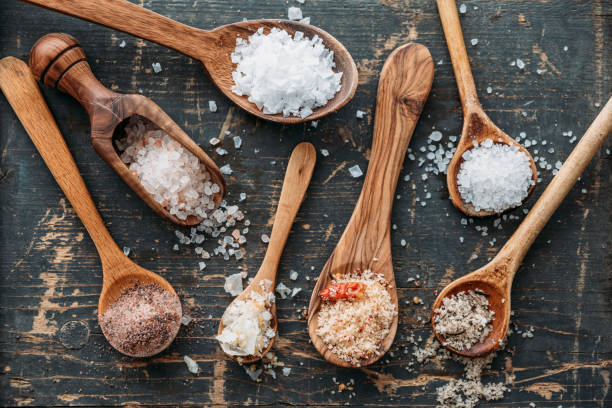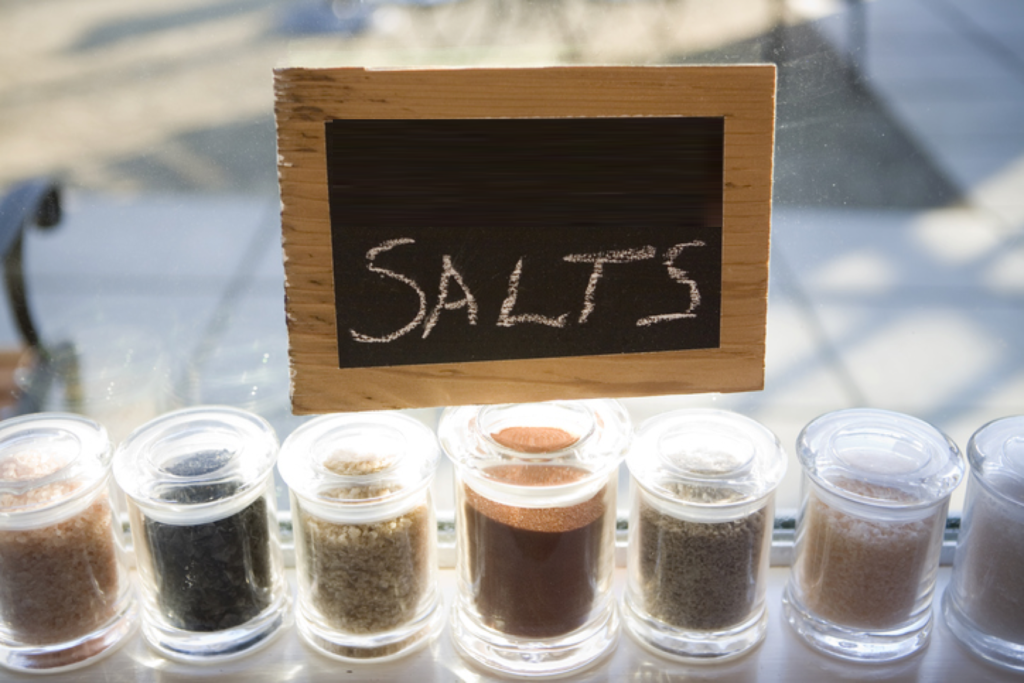Good Or Bad (And What To Use Instead)

 I grew up with seasoning salt. The popular spice blend was a staple in many kitchens around the country. It added that little extra “oomph” to your dishes and seemed to make them taste better.
I grew up with seasoning salt. The popular spice blend was a staple in many kitchens around the country. It added that little extra “oomph” to your dishes and seemed to make them taste better.
But that’s not all it did.
If you’re using seasoning salt regularly, chances are you are getting more than the recommended amount of sodium too. Although your body needs some salt, too much salt is linked with high blood pressure, which in turn increases your risk of heart disease and stroke.
Seasoning salt is also sometimes called seasoned salt. The main ingredient of this commercial product is salt but it also includes a blend of spices and herbs.
These usually include onions, pepper, garlic and paprika. It’s commonly used to enhance the flavor of foods, especially meat and poultry, as well as French fries and some side dishes.
Lawry’s Seasoned Salt and Morton Seasoned Salt are among the many popular brands of seasoning salt. It seemed like in just about every Black person’s home I went to, they had at least one or both.
Each contains comparable amounts of sodium (not to mention other Trans Fat ingredients). For example, Lawry’s has 380 mg of sodium in a single serving. Morton has 350 mg per serving and Badia seasoning salt has 380 mg. Some of the salt-makers produce a lower-sodium version of their regular seasoning salt.
And what size is a serving size? Only 1/4 teaspoon! That’s it. That’s literally a pinch of salt, but we all know many of us usually use at least a full teaspoon or more.




